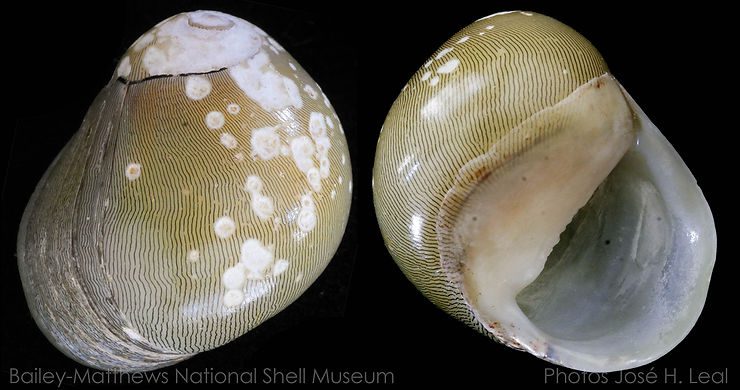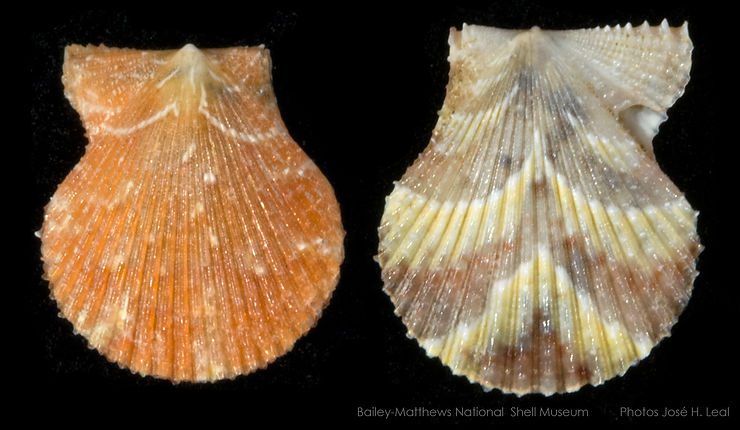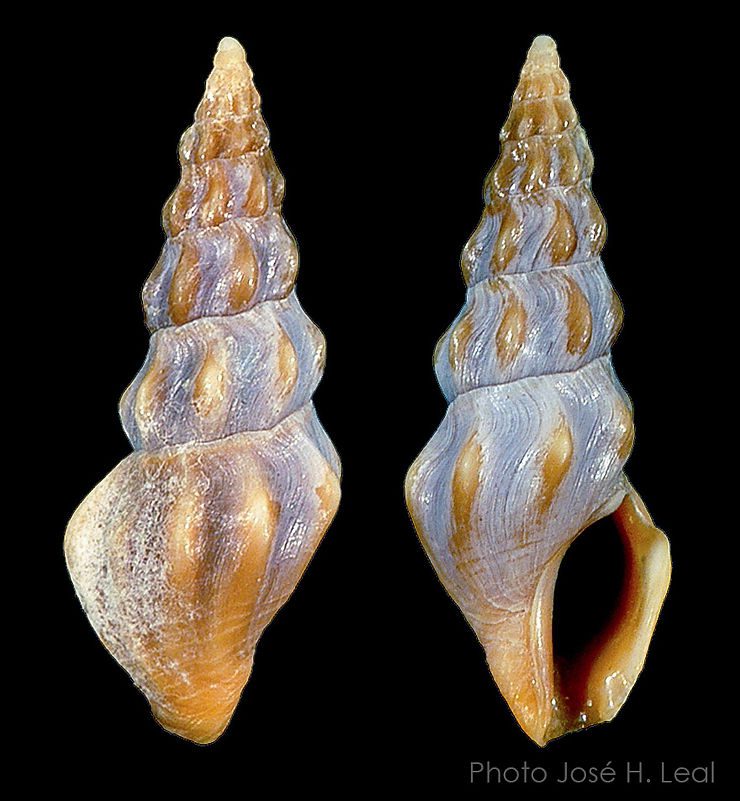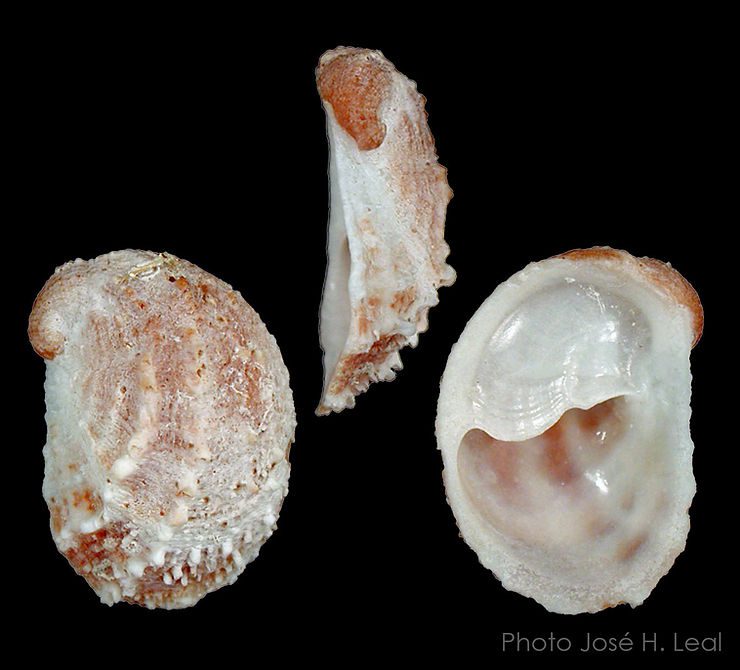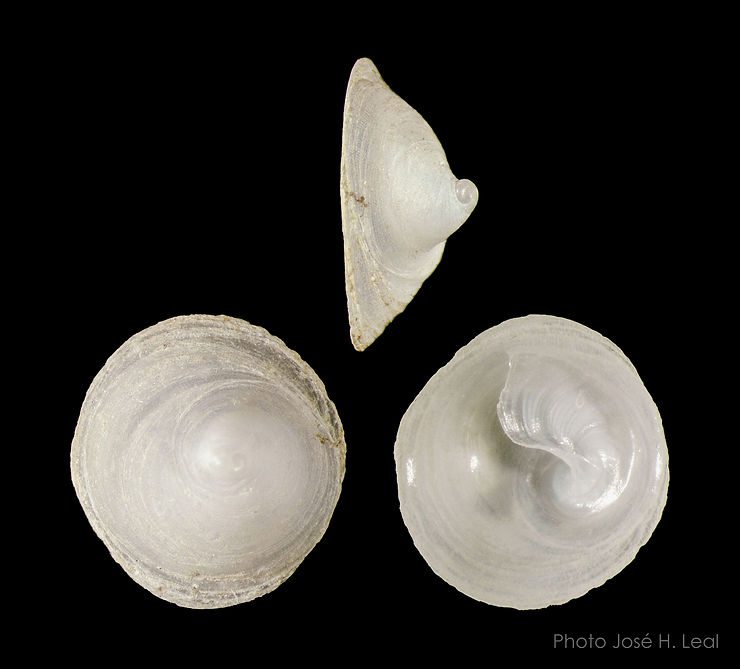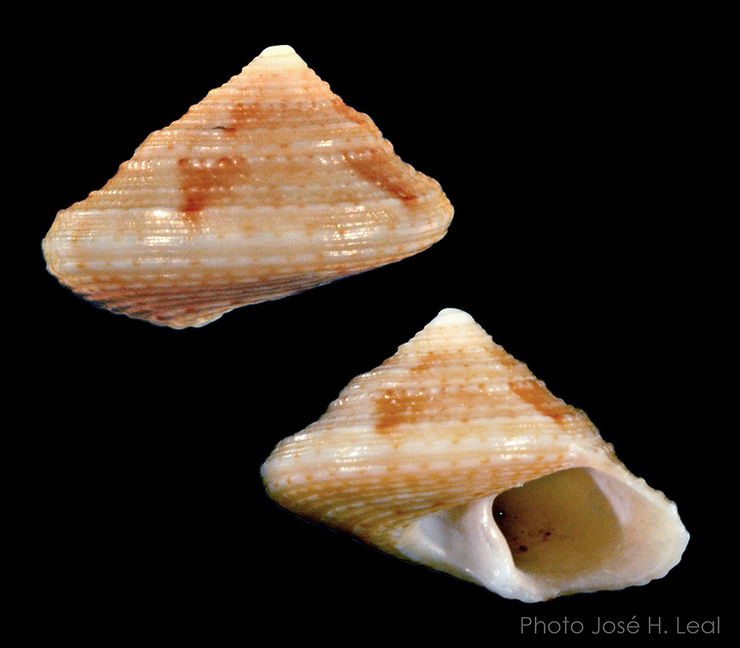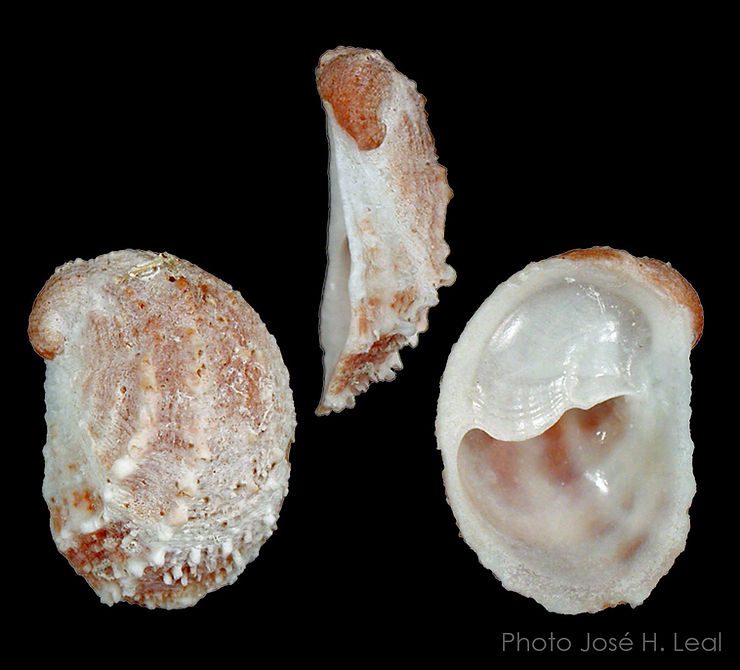
The Carib Fossaria
This week I hope to surprise you by presenting a local freshwater snail. The vast majority of the species treated in this column dwell either in the marine or brackish-water (estuaries, “backbay”) realms. Once in a blue moon I may introduce a local freshwater species, those living in very low salinity environments such as some of the local in-island ponds and ditches. The Carib Fossaria, Galba cubensis (Pfeiffer, 1839) is one of the locally found freshwater snails. A pulmonate snail, it breathes
